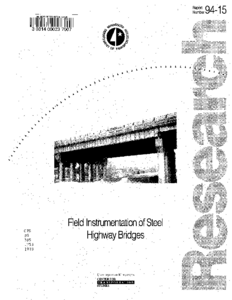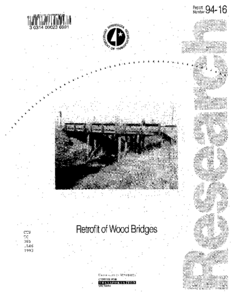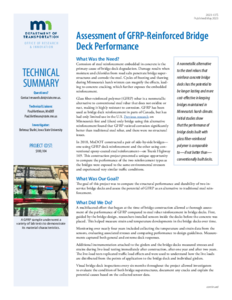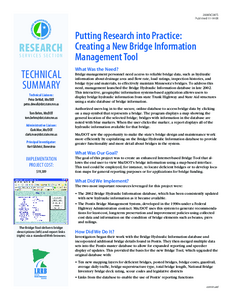Displaying results 1 - 10 of 215
Material Properties and Corrosion Condition of a Twenty-Year-Old Prestressed Bridge Girder
Date Created
1992-05
Report Number
93-03
Description
Reusability and Impact Damage Repair of Twenty-Year-Old AASHTO Type Ill Girders
Creator
Date Created
1992-05
Report Number
93-04
Description
Field Instrumentation of Steel Highway Bridges
Date Created
1993-02
Report Number
94-15
Description
Retrofit of Wood Bridges
Date Created
1993-02
Report Number
94-16
Description










